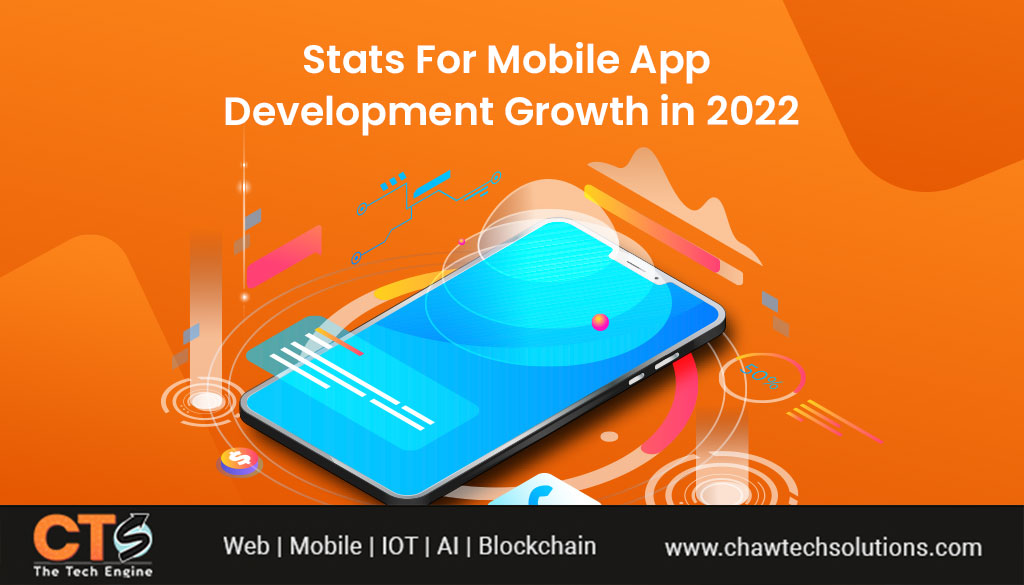
Top Stats for Mobile App Development Growth and Success In 2022
A substantial shift in consumer behaviour since the beginning of the COVID-19 pandemic has pushed businesses across all industries into rethinking their business models. The importance of digital transformation has become more prominent as the world began to adjust to the new reality. This is where Mobile App Development has found its breakthrough. While the global shutdown threw many businesses into jitters, many marketers grabbed the opportunity to pivot and hold a stronger footing. Developing mobile apps have become one of the most sought-after technologies, and brands are clamoring for it. The truth be told, having a mobile presence has become imperative to brand recognition and survival – having a website does not suffice anymore.
The Important Statistics:
Traditional businesses must be aware that, as mobility continues to reshape how industries work, they are no longer only competing with one another – they are straight in competition with mobile-first businesses that have caught the attention of the increasingly mobile society. Finding success in the mobile market, on the other hand, is a difficult task. Breaking into the ever-changing market is a taxing process that involves significant research, meticulous planning, and unwavering commitment. Understanding the current market landscape is critical for both existing Mobile App Development service providers and those trying to break into the market by designing a mobile strategy that best meets their business objectives.
Before committing to developing an app for your business, have a look at the top mobile app development statistics:
1. 2020 saw a 6-7% increase year-over-year in mobile app downloads with 218 billion downloads.
2. App store expenditure amounted to approximately $144 billion worldwide in 2020, a 20% year-over-year increase.
3. The average daily time spent on a mobile device in 2020 was around four hours and ten minutes – 92% of the time was spent on apps, only 8% of the time was dedicated to the web browser.
4. Gen Z (aged 6-24), Millennials (aged 25-40), and Gen X/Baby Boomers (aged 41-75) spend 16%, 18%, and 30% more time, respectively, in their most-used apps.
5. 71% of uninstalls occur due to app crashes.
6. The users find 45% of in-app defects.
7. 30% of users will immediately abandon an app if they don’t find value in the app.
8. 70% – 71% of users abandon an app if it takes too long to load – users do not like to wait for more than 3 seconds for an app to load.
9. A poor mobile experience negatively impacts user opinion of the brand.
The Future of Mobile App Development:
The need for Mobile App Development is still increasing, with Google favoring a mobile-first approach for commercial websites. Multi-experience is the future of mobile app development. Businesses can no longer rely solely on producing applications to address the expanding client expectations – they must understand and think beyond. To succeed with the multivariate development strategy, developers must acquire new talents to bridge the widening skill gap.
Conversational apps could be the next-generation solutions. Other trends like the below-mentioned could dominate 2022:
1. Artificial Intelligence or AI
2. Cloud Backend
3. Wearable Technology
4. Internet of Things or IoT
5. Chatbots
6. Virtual Reality
All of the above have the potentiality to deliver an unparalleled and seamless customer experience. In short, more organizations will leverage the above technologies to serve their clients on mobile in 2022.
Conclusion
With Mobile App Development taking new directions, it is necessary for brands to partner with the right mobile app developers who align with the brand’s business goals and present technology evolution. As user experience and satisfaction is the priority here, you should never compromise with the quality and technologies of the application.







